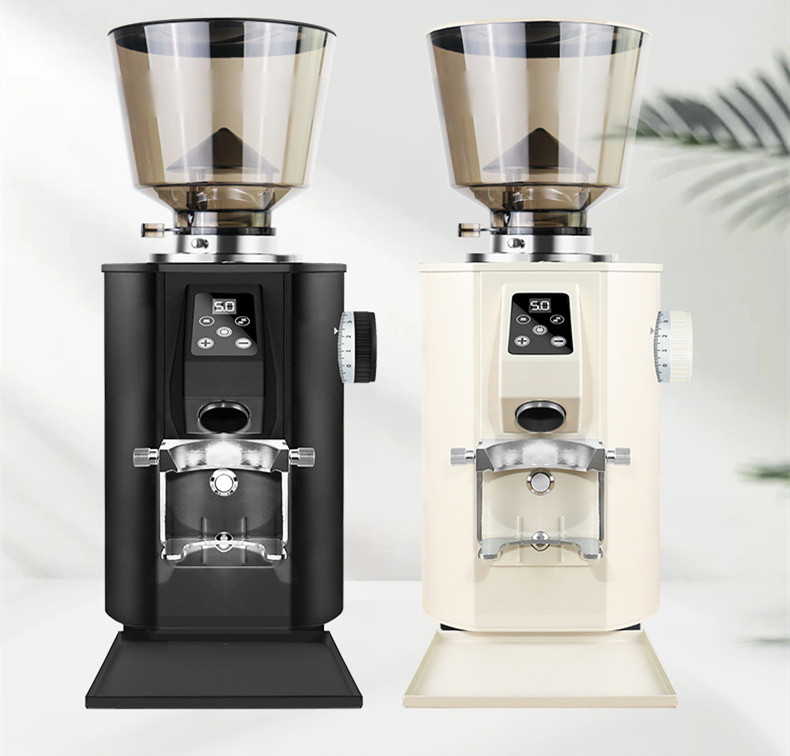Elevating the Coffee Industry Through Advanced Grinding Practices: A Path to Sustainable Innovation
The coffee industry’s evolution hinges on optimizing every stage of production, from cultivation to consumption. Grinding, a critical yet often overlooked step, offers untapped potential to drive innovation, sustainability, and economic growth. By refining grinding techniques and adopting forward-thinking strategies, stakeholders can elevate quality, reduce waste, and foster a more resilient coffee ecosystem.
1. Enhancing Flavor Precision to Meet Global Market Demands
The global coffee market is increasingly fragmented, with consumers demanding specialized brews tailored to regional preferences. Advanced grinding techniques enable producers to achieve unprecedented flavor consistency, catering to niche markets and expanding export opportunities.
Micro-Adjustable Grind Settings: Grinders equipped with ultra-fine calibration allow producers to customize grind sizes for specific brewing methods, such as cold brew, espresso, or pour-over. This precision ensures that coffee retains its unique flavor profile, even when scaled for mass production. For example, a coarser grind for Scandinavian light roasts preserves floral notes, while a finer grind for Italian espresso enhances body and crema.
Data-Driven Flavor Profiling: By integrating sensors that measure particle size distribution, producers can analyze how grind adjustments impact flavor extraction. This data-driven approach helps roasters optimize blends for global markets, reducing trial-and-error waste and accelerating time-to-market for new products.
Reducing Batch Variability: Consistent grind sizes minimize flavor inconsistencies between batches, a common challenge in large-scale production. This reliability strengthens brand trust and opens doors to premium markets, where buyers prioritize quality over volume.
2. Reducing Post-Harvest Losses Through Efficient Grinding
Post-harvest losses, including spoilage and processing inefficiencies, cost the coffee industry billions annually. Innovative grinding practices can mitigate these losses by extending shelf life, improving storage efficiency, and repurposing byproducts.
On-Farm Grinding for Freshness: Encouraging farmers to grind beans shortly after harvest reduces exposure to moisture and pests, which often lead to spoilage during transportation. This practice is particularly valuable in regions with limited access to cold storage, ensuring that coffee reaches roasters in optimal condition.
Grind Size Optimization for Storage: Finer grinds increase surface area, accelerating oxidation and flavor degradation. By adjusting grind sizes based on storage duration—coarser for long-term storage, finer for immediate use—producers can reduce waste from stale or degraded coffee.
Byproduct Utilization: Coffee grounds, a byproduct of grinding, can be repurposed into biofuels, fertilizers, or even biodegradable packaging. This circular economy approach not only reduces waste but also creates additional revenue streams for farmers and processors. For instance, spent grounds enriched with nitrogen can be sold as organic fertilizer, supporting sustainable agriculture.
3. Supporting Smallholder Farmers Through Decentralized Grinding
Smallholder farmers, who produce over 60% of the world’s coffee, often lack access to advanced processing infrastructure. Decentralized grinding solutions empower these farmers to add value to their crops locally, bypassing intermediaries and capturing a larger share of profits.
Mobile Grinding Units: Portable, solar-powered grinders enable farmers to process beans on-site, reducing reliance on centralized mills. These units are cost-effective and can be shared among communities, democratizing access to quality grinding.
Skill Development Programs: Training farmers in grind calibration and quality control equips them to produce specialty-grade coffee, which commands higher prices in global markets. Workshops on particle size analysis and flavor extraction can transform small-scale operations into competitive players.
Direct-to-Consumer Models: By grinding beans locally, farmers can sell packaged coffee directly to consumers via e-commerce platforms, bypassing traditional supply chains. This model not only increases profit margins but also fosters transparency, allowing buyers to trace their coffee’s origin.
4. Advancing Sustainability Through Low-Energy Grinding Technologies
The coffee industry’s carbon footprint is a growing concern, with energy-intensive processing contributing significantly to emissions. Low-energy grinding technologies offer a sustainable alternative, aligning with global climate goals and appealing to eco-conscious consumers.
Manual and Hybrid Grinders: For small-scale operations, manual grinders eliminate electricity use entirely, while hybrid models combine manual and electric components to reduce energy consumption. These solutions are ideal for off-grid farming communities.
Energy-Efficient Motors: Electric grinders with brushless motors and automatic shutoff features consume up to 40% less energy than conventional models. Roasters adopting these technologies can lower operational costs and reduce their environmental impact.
Renewable Energy Integration: Pairing grinders with solar panels or wind turbines enables carbon-neutral processing. This approach is particularly viable in sun-rich regions like East Africa and Central America, where coffee cultivation overlaps with high solar potential.
5. Fostering Innovation Through Collaborative Grinding Research
Cross-sector collaboration is essential to unlocking the full potential of grinding in coffee production. Partnerships between farmers, roasters, technologists, and researchers can drive breakthroughs in efficiency, quality, and sustainability.
Academic-Industry Partnerships: Universities and research institutions can develop AI-powered grind optimization tools that analyze variables like bean density, moisture content, and roast level to recommend ideal grind settings. These tools democratize access to advanced processing techniques for smallholders.
Open-Source Grinding Platforms: Sharing grinding protocols and data through open-source platforms accelerates innovation. For example, a global database of grind settings for different coffee varieties could help producers replicate successful techniques across regions.
Consumer Feedback Loops: Leveraging consumer reviews and sensory data to refine grinding practices bridges the gap between production and consumption. Roasters can adjust grind sizes based on real-time feedback, ensuring alignment with market preferences.
By prioritizing precision, sustainability, and inclusivity in grinding practices, the coffee industry can unlock new avenues for growth and resilience. These strategies not only enhance product quality but also empower stakeholders at every level of the supply chain, from smallholder farmers to global roasters.


